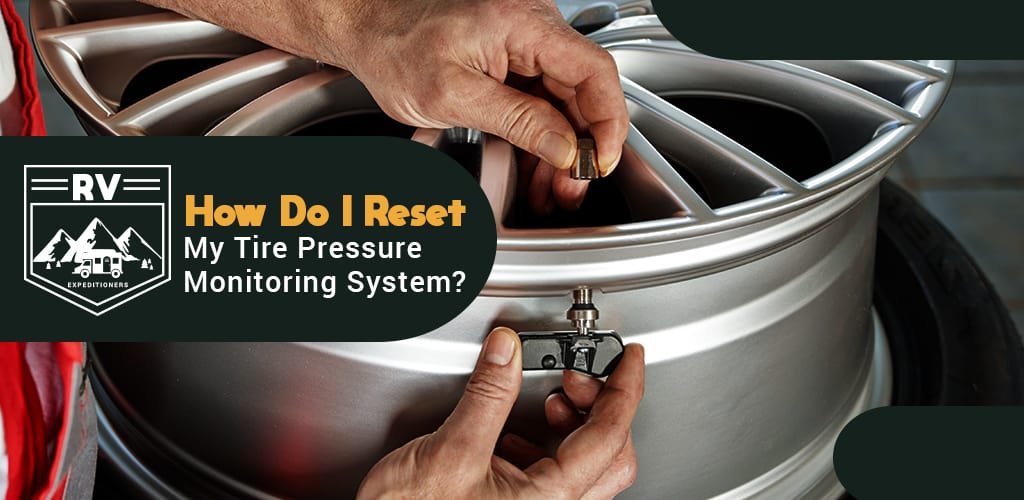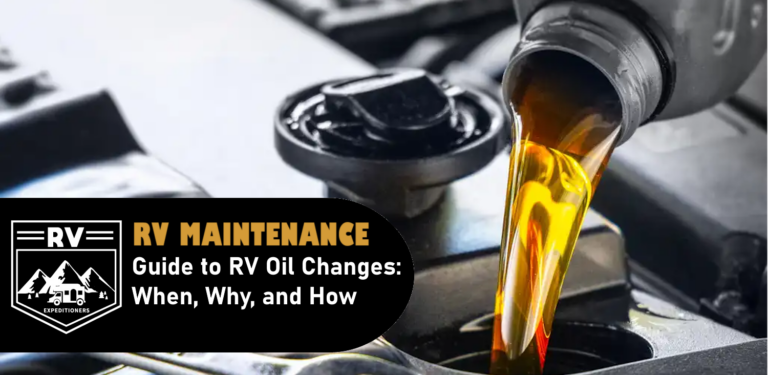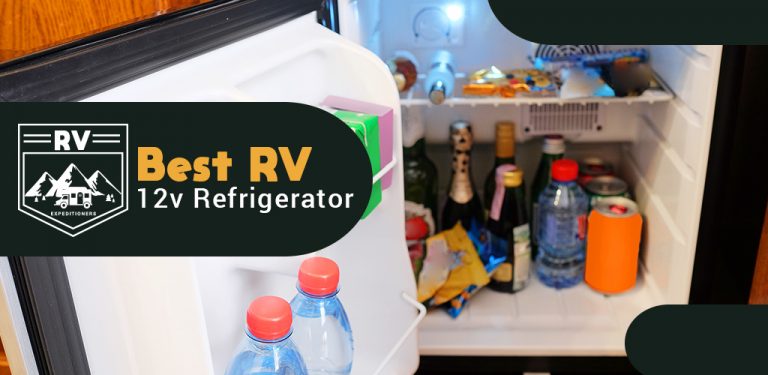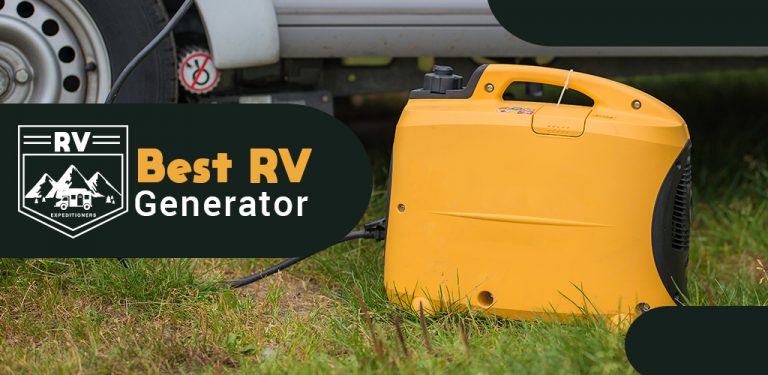One of the best things about driving modern cars is that they come with so many different sensors. Back in the old days, you would have to inspect all of your vehicle’s systems manually to make sure that they were in working order, or wait until something broke and then get it fixed.
When it comes to tires, having sensors installed in each one is so much more efficient and convenient than the old method. Now, if tire pressure drops (or if you have a flat), your dashboard lights will tell you instantly.
Today we’re going to discuss the best way to reset your tire pressure monitoring system (TPMS) once it goes off. Regardless of how well you drive, resetting your TPMS is something you’ll have to do eventually, so understanding how it works will help you when the time comes.
Tools You Need
Ideally, you won’t need anything to reset your TPMS. Fortunately, the sensors can recalibrate themselves once you’ve corrected the issue. Even if the sensor light stays on longer than it should, resetting it won’t take any special tools or equipment.
That being said, you will want to refer to your vehicle owner’s manual to see if there is a special button you have to press when resetting this sensor. For the most part, vehicles will reset themselves once pressure has returned to normal, but in some cases, you have to do it manually. We’ll go over that later on in this guide.
Step by Step Guide
When it comes to your car’s internal systems, TPMS is one of the most reliable and easiest to monitor. Nonetheless, there are some specific steps you should take once the tire pressure light turns on in your vehicle.
Identify the Type of TPMS
If your car is from the States, then it comes with a Direct Tire Pressure Monitoring System (dTPMS). The way that this setup works is that each tire is equipped with a sensor, meaning that you can detect which tire is getting low, rather than having to test them individually.
dTPMS is a highly efficient system because it not only provides more detailed information about the current condition of your tires, but it’s much easier to reset it as well.
On the flip side, if your car if from Europe, it will most likely be equipped with an Indirect Tire Pressure Monitoring System (iTPMS). This setup isn’t as reliable as dTPMS, mostly because the sensors are on the outside of the tire.
Rather than monitoring the air pressure inside the wheel, iTPMS sensors measure things like tire rotation, speed, and other elements. This system can also tell you which tire is getting low, but it’s much harder to get more specific than that. The other issue with iTPMS is that it requires a manual reset each time you correct the problem.
Once you identify the monitoring system you have, you will know how to proceed.
Get your Tires Inflated or Replaced
The only thing that a TPMS sensor is designed to do is tell you when the air pressure in a tire is low. When the light comes on, it usually signifies that your tire is underinflated. However, in some cases, the wheel may be completely flat. If that is the case, you will have to replace it immediately.
Hopefully, if your tires are just a little low, you can take it to a gas station or mechanic shop and get them topped off. If you are doing it yourself, be sure to check each tire individually. The reason you want to do this is because more than one tire may be low, and you want to inflate them all at once so that you don’t have to worry about doing it again soon.
The other reason to inspect each tire is that you can sometimes determine when it’s time to rotate them. For example, if one tire is getting low more consistently than another, rotating them all will ensure that you don’t have to replace that one as quickly.
If one of your wheels is flat, then you’ll have to either get it repaired or replaced. Depending on the age of the wheel and the amount of tread on it, fixing it might be the best (and most cost-effective) option. For example, if you drove over a screw, you can patch up the tire and still use it for a while longer.
One thing to keep in mind is that if you use a doughnut to replace the flat tire, it won’t reset the TPMS sensor. This system is designed to work with manufacturer tires, not with temporary replacements. Also, remember that you need to replace your doughnut as soon as possible, as it’s not designed for long distances.
Drive for 10 Miles After Inflation
In most cases, the TPMS warning light won’t go off immediately. The reason for this is that the sensor has to recalibrate itself once you inflate or replace the tire. Typically speaking, the light should go off after about 10 miles.
That being said, the minimum speed you should be going is around 50 miles per hour. Thus, if you’re driving slower than that, it may take longer for the light to come off.
Manual Reset
If you’ve inflated your tires and driven for a while, but the light isn’t turning off, it could mean that you have to reset the TPMS manually. Check your owner’s manual to see if there is a button somewhere that you have to press. If there is, it’s typically under the steering wheel.
When manually resetting your TPMS, you want the car to be on, but not running. Also, after resetting it, you’ll want to turn it off and then back on again to make sure that it worked.
In some cases, hitting the lock and unlock button on your key FOB may also reset the TPMS sensors, although you will want to check your owner’s manual to be sure.
Damaged Sensors
In rare instances, the sensors on your TPMS may get damaged. Usually, this occurs when you are getting your tires rotated or replaced. Although this situation is relatively rare, if it does happen, the warning light won’t come off, even though the tire is fully inflated.
In this case, resetting the sensor can be a more involved process, and you’ll have to take your car to a mechanic to get it fixed. Technically speaking, you don’t have to do this, but unless your car can tell you which tire is low at any given time, you will need to reset the light.
The problem with letting the light stay on is that it will be much more difficult to know when your tires are underinflated again. Overall, it will defeat the purpose of the TPMS altogether, which means that you have to inspect your tires manually regularly.
Reconnecting the Battery
Another possible reason why the warning light won’t turn off is that the battery needs to be replaced. Old batteries can interfere with your car’s internal sensors and electrical systems. If it’s been a while since you’ve gotten a new battery, now may be the time to do so.
Also, in some cases, simply disconnecting and reconnecting the battery can reset the warning light. For example, if it’s not time to swap out for a new battery, try this first.
Tips and Warnings
Overall, resetting your TPMS should be a hassle-free experience. However, here are some things to keep in mind so that you don’t experience any long-term issues.
Beware of Any Slow Leaks
If your TPMS is coming on regularly, then it probably means that one of your tires has a slow leak. Fortunately, it should be easy to figure out, since you’ll most likely be re-inflating the same tire each time the light comes on.
Although you can drive on a tire with a slow leak, it’s much better to replace it sooner rather than later. Over time, the leak will get worse and worse, until the tire won’t be able to hold air at all.
Never Overinflate Your Tires
If you’re not sure what pressure your tires should be at, the number is listed on the wheel itself. Although you can inflate a few pounds over the recommended limit, you never want to exceed it by more than 10 pounds. Doing so can be dangerous, and it can also lead to leaks as the pressure will weaken the stability of the sidewalls.
Monitor Your Tires Regularly
Although your TPMS is designed to warn you when a tire is getting low, the fact is that you want to maintain optimal pressure at all times. Rather than waiting for a warning light to come on, you should be inspecting your wheels regularly to see if they need topping off.
The reason you want to do this is that it will help with fuel efficiency. As your tires deflate, your car has to work a little harder to maintain speed. Keeping them at the ideal pressure ensures that you get the most out of your fuel costs.
Here’s a quick video for you
Conclusion
Although car tires are an integral part of the driving experience, most people don’t pay attention to them unless they go flat. Don’t wait until there’s a problem before taking action. As with all of your vehicle’s systems, preventative maintenance is much more valuable than performing repairs.













0 Comments